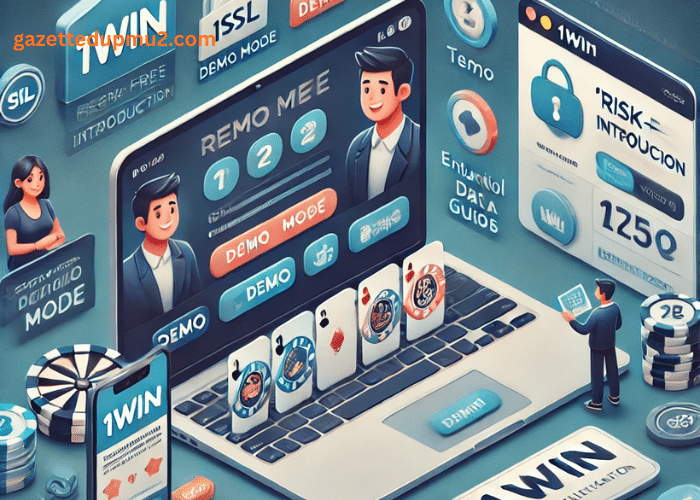As organizations increasingly rely on digital infrastructure, the need for robust cyber defense mechanisms has never been more critical. The landscape of cyber threats is evolving rapidly, with attackers employing sophisticated methods to infiltrate systems and steal sensitive data. To combat these challenges, businesses must adopt innovative strategies that ensure unparalleled security in their digital environments. This article explores cutting-edge techniques and technologies that organizations can leverage to enhance their cyber defense.
Understanding the Cyber Threat Landscape
The first step in crafting an effective cyber defense strategy is to understand the current threat landscape. Cyber threats come in many forms, including malware, ransomware, phishing attacks, and insider threats. As businesses have shifted towards remote work and cloud services, vulnerabilities have expanded, making traditional security measures insufficient. Organizations must conduct regular threat assessments to identify potential weaknesses in their systems and develop proactive responses to mitigate risks.
The Role of Artificial Intelligence and Machine Learning
Artificial Intelligence (AI) and Machine Learning (ML) are transforming the way organizations approach cybersecurity. These technologies can analyze vast amounts of data in real-time to detect anomalies and identify potential threats before they escalate into serious incidents. AI-driven security systems can learn from past attacks, continuously improving their ability to recognize patterns and adapt to new threats. Incorporating AI and ML into existing security frameworks allows organizations to automate threat detection and response, significantly reducing the time it takes to neutralize potential attacks.
Zero Trust Architecture: A Paradigm Shift
The traditional perimeter-based security model is becoming increasingly obsolete in today’s interconnected digital landscape. The Zero Trust Architecture (ZTA) model advocates for a “never trust, always verify” approach. In ZTA, every user and device is treated as a potential threat, regardless of their location within the network. This model entails strict identity verification for all users and devices attempting to access resources, alongside continuous monitoring of user behavior. Implementing ZTA not only reduces the risk of insider threats but also limits the damage caused by external attacks, ensuring that security is maintained at all times.
Enhanced Endpoint Security
With the proliferation of remote work, endpoints such as laptops, smartphones, and tablets have become prime targets for cybercriminals. Organizations must prioritize endpoint security by implementing advanced solutions such as Endpoint Detection and Response (EDR) systems. These technologies enable organizations to monitor and respond to threats across all endpoints, providing comprehensive visibility and control. In addition, regular updates, patch management, and employee training on safe practices are essential components of a strong endpoint security strategy.
Continuous Monitoring and Threat Intelligence
A static security approach is no longer adequate for modern enterprises. Continuous monitoring combined with threat intelligence provides organizations with a proactive stance against emerging threats. By utilizing threat intelligence platforms, businesses can gain insights into current attack trends, emerging vulnerabilities, and the tactics employed by cybercriminals. Coupled with continuous security monitoring, this approach allows for rapid detection of potential threats and the ability to respond effectively before significant damage occurs.
Multi-Factor Authentication (MFA)
One of the simplest yet most effective ways to enhance security is through the implementation of Multi-Factor Authentication (MFA). MFA requires users to provide multiple forms of verification before gaining access to systems or sensitive data. This could include a combination of something they know (password), something they have (authentication app or hardware token), and something they are (biometric verification). By adding these additional layers of security, organizations can significantly reduce the likelihood of unauthorized access, even if a password is compromised.
Security Awareness Training
Human error is often the weakest link in cybersecurity. To build a resilient defense, organizations must invest in security awareness training for all employees. Regular training sessions that educate staff on the latest phishing tactics, social engineering schemes, and safe online practices can empower employees to act as the first line of defense against cyber threats. By fostering a culture of security awareness, organizations can mitigate risks associated with human error and promote vigilance among their workforce.
Incident Response Planning
Despite best efforts, breaches may still occur. Having a well-defined incident response plan is crucial for minimizing damage and recovering quickly from an attack. This plan should outline responsibilities, communication protocols, and specific actions to be taken in the event of a cyber incident. Regular drills and updates to the incident response plan ensure that all team members are familiar with their roles, allowing for a coordinated response that effectively addresses the situation.
Building a Collaborative Cybersecurity Ecosystem
In the fight against cyber threats, collaboration is key. Organizations can enhance their cyber defense by sharing information and resources with other businesses, industry groups, and law enforcement agencies. By participating in threat-sharing initiatives and cybersecurity alliances, companies can gain valuable insights into emerging threats and best practices for defense. This collaborative approach not only strengthens individual organizations but also contributes to a more resilient cybersecurity landscape overall.
Investing in Cybersecurity Talent
Lastly, investing in cybersecurity talent is essential for achieving and maintaining robust cyber defense. Organizations should prioritize recruitment and retention of skilled cybersecurity professionals who can navigate the complexities of modern threats. Offering ongoing training and development opportunities ensures that security teams remain knowledgeable about the latest technologies and threat landscapes. A strong cybersecurity workforce is vital for implementing and managing innovative defense strategies effectively.
In conclusion, as cyber threats continue to evolve, organizations must embrace innovative strategies to ensure unparalleled security in their digital environments. By leveraging advanced technologies, adopting proactive approaches, and fostering a culture of security awareness, businesses can successfully defend against the myriad of cyber threats that loom. It is essential to remain vigilant and adaptable in the quest for effective cyber defense.





